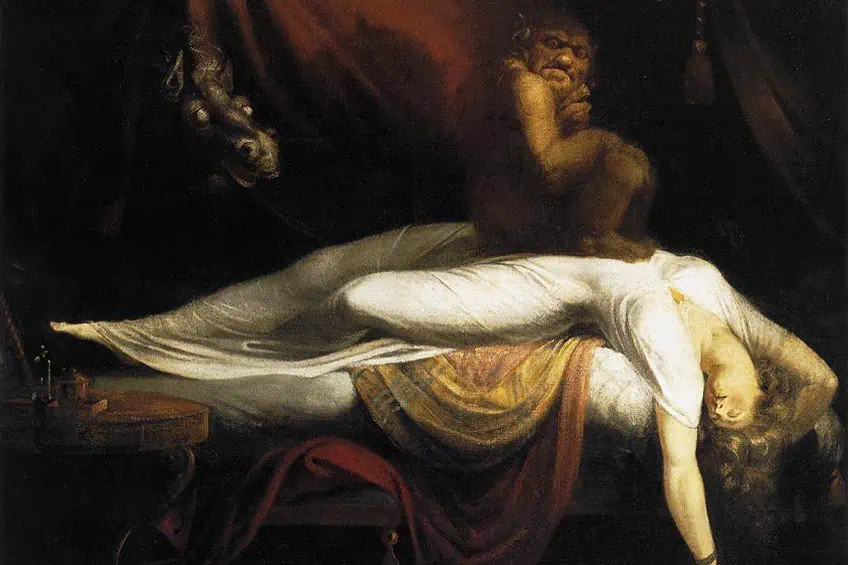Dark Art – Diving into the Depths of the Darkest Artworks
What is dark art? It is more than simply adding a few skulls to a painting. Below, we will dive into the world of the dark and grisly, and explore some of the most famous dark art paintings and famous dark artists in history. We will look at the contribution that this type of art has made to the art world, and unpack what makes dark art so … dark.
Contents
- 1 What Is Dark Art?
- 2 Darkness in Art: A Brief History
- 3 Famous Dark Paintings
- 3.1 Hell from The Garden of Earthly Delights (1503 – 1515) by Hieronymus Bosch
- 3.2 Judith Beheading Holofernes (1599) by Caravaggio
- 3.3 The Nightmare (1781) by Henry Fuseli
- 3.4 Saturn Devouring His Son (1823) by Francisco Goya
- 3.5 Dante and Virgil (1850) by William-Adolphe Bouguereau
- 3.6 The Face of War (1940) by Salvador Dalí
- 3.7 Study after Velázquez’s Portrait of Pope Innocent X (1953) by Francis Bacon
- 4 Frequently Asked Questions
What Is Dark Art?
Dark art covers a broad range of art styles from the macabre to the gothic and can often be frightening or disturbing to the viewer. However, it can also be thought-provoking and beautiful. Often containing dark themes relating to death and decay, this type of art can be viewed as a reaction against the lighter styles of traditional art. Dark art confronts us with the darkness that lives in all of us, some might call it our ‘shadow selves’, allowing us to embrace this intrinsic part of our human nature.
Dark art is often misunderstood by viewers as being evil or nihilistic, but it is actually a celebration of individual creative expression and is a form of rebellion against conformity.
Darkness in Art: A Brief History
Although ‘dark’ themes in art have been around for a very long time, the dark art movement is relatively recent. The motifs of death, decay, monsters, and darkness can be seen in artistic works stretching as far back as prehistory. Violent scenes of slaughtered animals are present in some of the earliest artworks of known human history, while destruction and terrifying chaos, predatory beings, and haggling spirits are featured in many religious stories and beliefs of early civilizations.
Many of these mythical images, ideas, and iconography can be viewed in contemporary art today, but that does not necessarily place them in the dark art movement.
Comparably, there are artists and artworks throughout history that seem to fall within the dark art genre, developing dark art history. The Crucifixion has been depicted many times in the 15th and 16th centuries, bringing attention to gruesome details of the physical pain experienced by the subject, while the works by the artist Caravaggio (1571 – 1610) are also jam-packed with suffering, gore, and darkness.
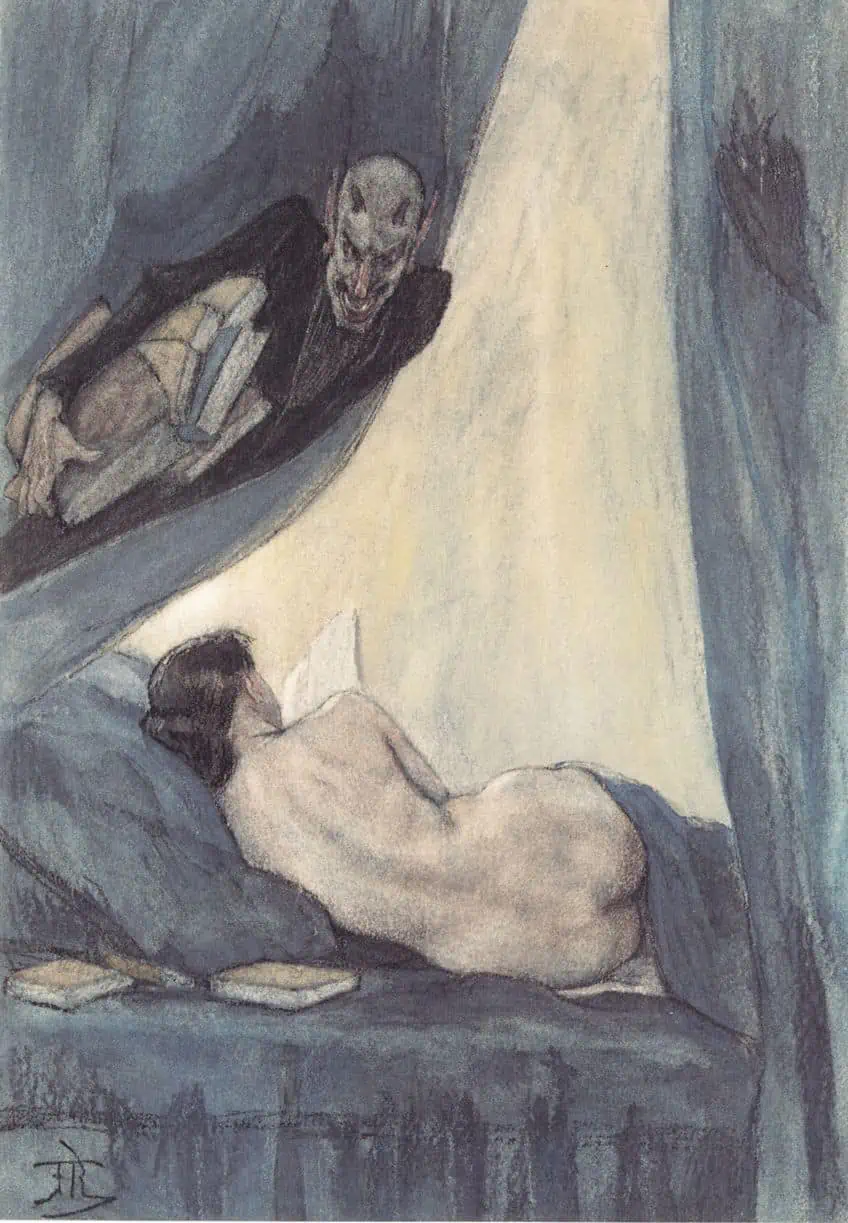
In the centuries that followed, we see the emergence of the Vanitas still lifes in which artists contrasted symbolism of power and wealth with the fragility of life and death that inevitably finds us all. Skulls were most often used in these paintings to represent the latter, and during this time the use of skeletal remains in art education became standard practice. Francisco Goya, Louise Bourgeois, Francis Bacon, Damien Hirst, and many other artists later emerged in the modern and postmodern periods whose work would fit right in at a dark art exhibition.
However, these artists would probably have never considered themselves to be part of this collection of work.
Where Did Dark Art History Begin?
If darkness is rooted in history as we have seen above, where did it actually begin? Many seem to agree that the forefathers of dark art are Hans Ruedi Giger (1940 – 2014) and Zdzisław Beksiński (1929 – 2005). Both these artists came to prominence in the 1960s and 1970s, at the same time that cultural shifts were happening in Western society, with the growth of counter cultures like the punk, freak, and hippy trends. These sprung up at a time when authority was being called into question, and witnessed a collective fear.
This can be seen in the transition of horror movies being centered around terrors in society itself rather than previous themes of mad science. As the monster was being recognized as a force from within, depictions of cults, zombies, serial killers, and possessions started to appear.
Together with this change in cultural anxiety, sensationalism in the media begins to take hold as more reports of violent crimes emerge, and more liberal sexual attitudes are reflected in the media. Advancements in visual effects and craft helped to further shock audiences, while the war in Vietnam and other events in the world made a huge impact on the collective as well.

The reason we are focusing so much on cinema, and especially the influence of horror movies is because of the impact that they have made on dark art artists today. That, and because of how the creators of dark art and those that work in the visual effects industry converge. Lastly, the importance of the film, Alien (1979). Giger designed the iconic alien creature, and if his work is accepted to be at least very close to dark art, that means that the film is the closest connection point between dark art and Western culture.
The creatures in the movie are so embedded in popular culture that they have been used in television shows, books, and cartoons, and have since inspired many dark artists.
Culture and Dark Art as a Genre
Encircling dark art is a community and culture, including many sub-cultural elements or things that identify them as ‘dark’. These consist of, but are not limited to, films, books, imagery, body modification and tattooing, and punk and heavy metal music. But, it must be understood that these do not signify dark art, or suggest whether someone is associated with it or even should be. Identity markers such as these and interest in “darker” things do not portray the work that a person creates but relate to the individual themselves.
It can be said then that not all work that an artist creates is dark art, but dark art pieces might be produced by any artist, regardless of what they have previously created or their normal interests.
There are attributes that set dark art aside from other genres of art. For example, makers of dark art do not seem to create work with the intention that it be creepy or scary, but rather artists create artworks that simply result as dark art. It just happens to be so.
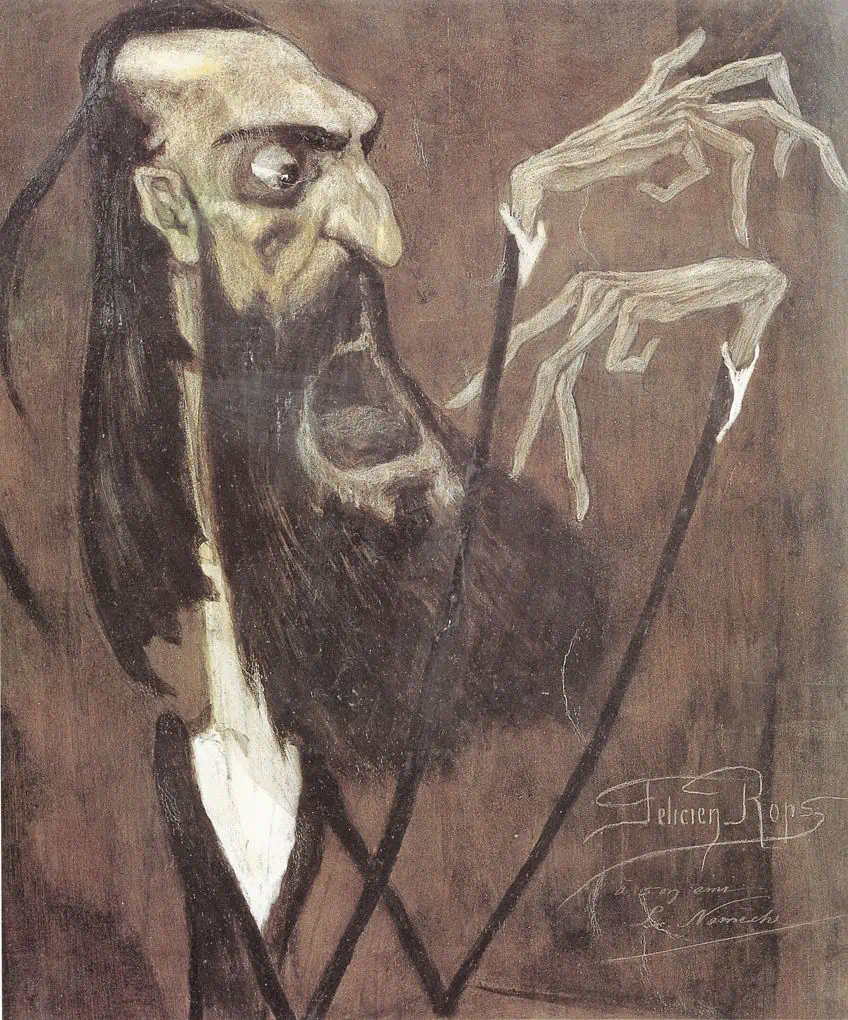
If there is such a thing as a genre of dark art, it would mean that many historical works could be allocated to the genre as they seem to fit into it, including works like The Garden of Earthly Delights (1503 – 1515) by Hieronymus Bosch (1450 – 1516), The Scream (1893) by Edvard Munch (1863 – 1944), images of Mayan death gods, and other works we will discuss below. Some believe that dark art is and should be an art movement, just like Expressionism, Surrealism, Dada, and others. Below are some attributes of dark art that would allow for this demarcation.
- It is postmodern, meaning that dark art does not take on the idealistic principles of modernism, and rather than exploring various materials, its interest lies in subjects and subjective reality. Dark art knows its own place within broader culture, and is anti-authoritarian. It rebels against conformity.
- Dark art is not made with the thought of it being used for popular culture. It is made for the purpose of it being fine art more than anything else. Therefore, Alien would not be dark art. Are dark art artists influenced by illustrations and popular culture? Yes, but their work is not made to be used on album covers and designing creatures for films.
- Dark art is not horrifying. Stylistic elements and iconography of horror films and illustrations are shared with dark art, but dark art is not intended to scare the viewer.
- Craft and beauty are valued in dark art. Quality is important in dark paintings, even when gore and dead flesh are featured, there is effort put into the detail of the artwork; the brushwork and colors are not a mess, but seem to balance and flow.
- Something dark is conveyed in a dark artwork. The audience is not met with a sense of adventure and awe when confronted with a dark art mountainscape, nor does Wabi-Sabi come to mind when they see a painting or sculpture depicting a flower that is wilted, and a portrait is not simply a lovely reproduction of the subject.
Famous Dark Paintings
It can sometimes be difficult to put a finger on the darkness conveyed in dark paintings. However, you could say that dark art reflects something psychological, with desires, anxieties, and suggestions of the darkness living inside all of us portrayed through a monster, conveyed through mark-making, composition, and color. In this way, dark art reflects current experiences and scenarios. Below, we have listed some famous dark paintings that express the darkness experienced by their dark art artists in various points in history. These works with their diverse dark art styles would later influence contemporary dark art artists.
Hell from The Garden of Earthly Delights (1503 – 1515) by Hieronymus Bosch
| Artist | Hieronymus Bosch (1450 – 1516) |
| Date Created | 1503 – 1515 |
| Medium | Oil on oak |
| Dimensions (cm) | 220 x 389 |
| Where It Is Currently Housed | Museo Nacional del Prado, Madrid, Spain |
The Renaissance Dutch artist Hieronymus Bosch (1450-1516) was one of few painters to explore the terrifying ideas and beliefs of what constituted hell, producing a series of works based on the afterlife. One of the most famous of which is Hell from The Garden of Earthly Delights (1503 – 1515).
In the work, hell is depicted on the right-side panel. The other two panels show scenes of the Garden of Eden on the left, and a sinful paradise with figures and otherworldly creatures in the center.
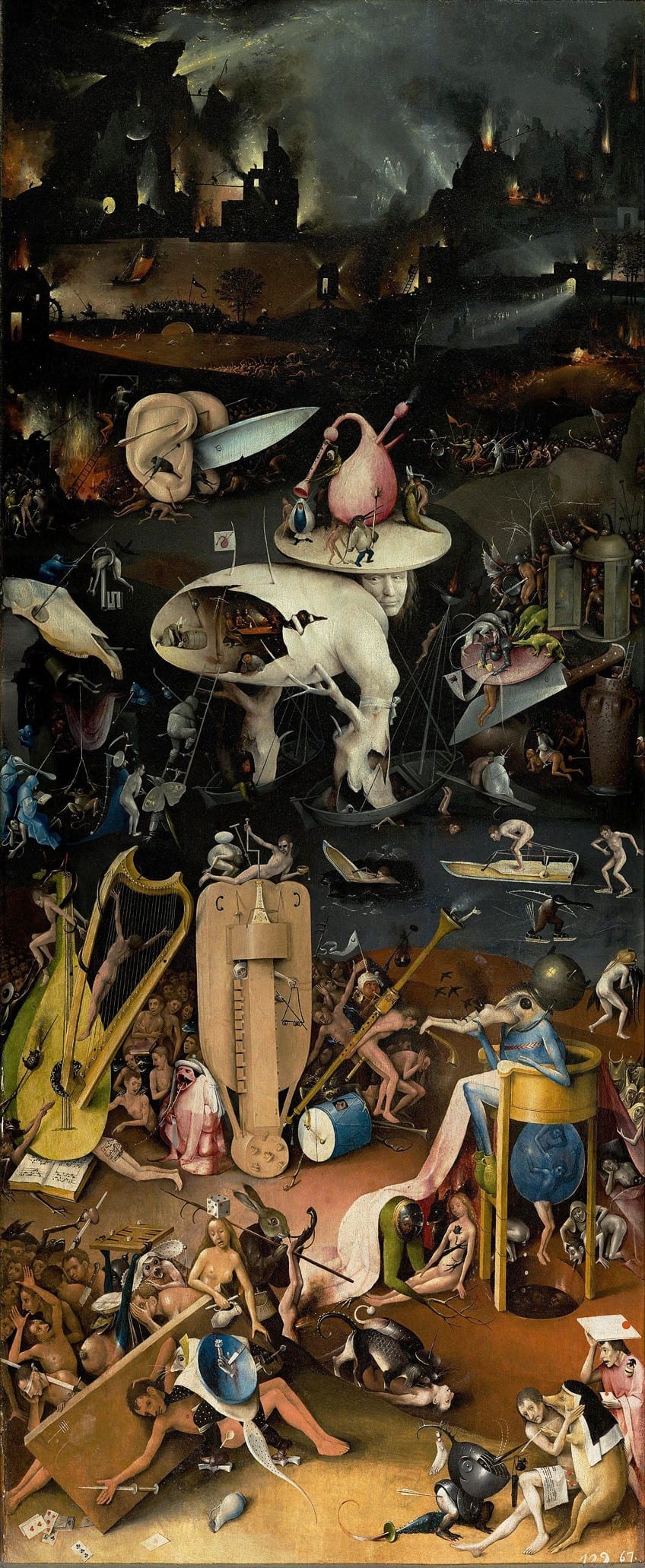
Hell is the last and final world where people who have succumbed to temptation go to experience eternal torment. This panel contrasts starkly with the two panels before it; it is very dark and the beautiful worlds preceding it are gone. The scene is densely detailed with numerous happenings, such as torture chambers, demons, mutated animal figures eating human flesh, war, fire, and infernal taverns are depicted. This painting can be seen as one of the most famous of dark paintings.
Judith Beheading Holofernes (1599) by Caravaggio
| Artist | Caravaggio (1571 – 1610) |
| Date Created | 1599 |
| Medium | Oil on canvas |
| Dimensions (cm) | 195 x 145 |
| Where It Is Currently Housed | Palazzo Barberini, Rome, Italy |
Michelangelo Merisi da Caravaggio (1571-1610), known simply as Caravaggio, was an Italian painter of the Renaissance and Baroque periods. Throughout many of his works, Caravaggio emphasized good and evil through his use of subject matter, and dramatic lighting. Judith Beheading Holofernes (1599) is one of his distinct works and was praised for its high level of detail.
The painting depicts the biblical story of Judith from the Old Testament murdering Holofernes, the Assyrian ruler once she has led him into a false sense of comfort.

Holofernes writhes in pain as Judith slices through his neck. The scene is masterfully executed with the light and shadow of the work placing focus on the two main figures and highlighting their expressions. Good triumphs over evil in the painting as Judith commits her act of vengeance.
The Nightmare (1781) by Henry Fuseli
| Artist | Henry Fuseli (1741 – 1825) |
| Date Created | 1781 |
| Medium | Oil on canvas |
| Dimensions (cm) | 102 x 127 |
| Where It Is Currently Housed | Detroit Institute of Arts, Michigan, United States |
Few artists dared to create paintings that would bring out a sense of terror or dread in their audience during the Romanticism period. However, the Swiss painter, Henry Fuseli (1741-1825) managed to do just that with The Nightmare (1781). Considered to be one of his most notable works by many, this painting depicts a dark and sinister scene that is relatable. The female subject is lying across a bed in a deep sleep with her arms above her head, hanging towards the ground.
Upon her torso sits a demon, whose head is turned to face at the viewer. The woman does not seem to be disturbed by the creature and she remains asleep.
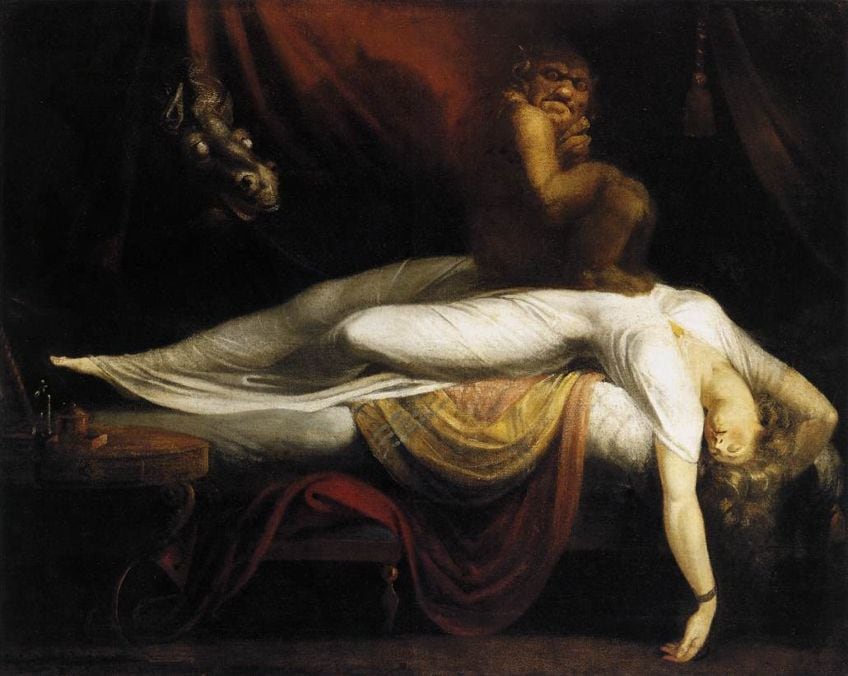
The source of Fuseli’s inspiration may be due to a common claim among people of waking in the night to a heavy pressure of their chest. The feeling is thought to be like being suffocated by a morbid or dark presence. Hence the image in this painting may represent a physical experience during a dreamlike state.
Saturn Devouring His Son (1823) by Francisco Goya
| Artist | Francisco Goya (1746 – 1828) |
| Date Created | 1823 |
| Medium | Mixed media mural painting transferred to canvas |
| Dimensions (cm) | 143 x 81 |
| Where It Is Currently Housed | Museo Nacional del Prado, Madrid, Spain |
Francisco Goya (1746 – 1828) is one the most important artists in Spain during the late 18th and 19th centuries, moving from lighthearted and jolly subjects to more dark pessimistic scenes later in his career. His famous work, Saturn Devouring His Son (1823) is a grotesque depiction of the Roman myth of the god Saturn eating one of his sons after they are born.
The story goes that Saturn was given a prophecy foretelling that he would be brought down and displaced by one of his sons.
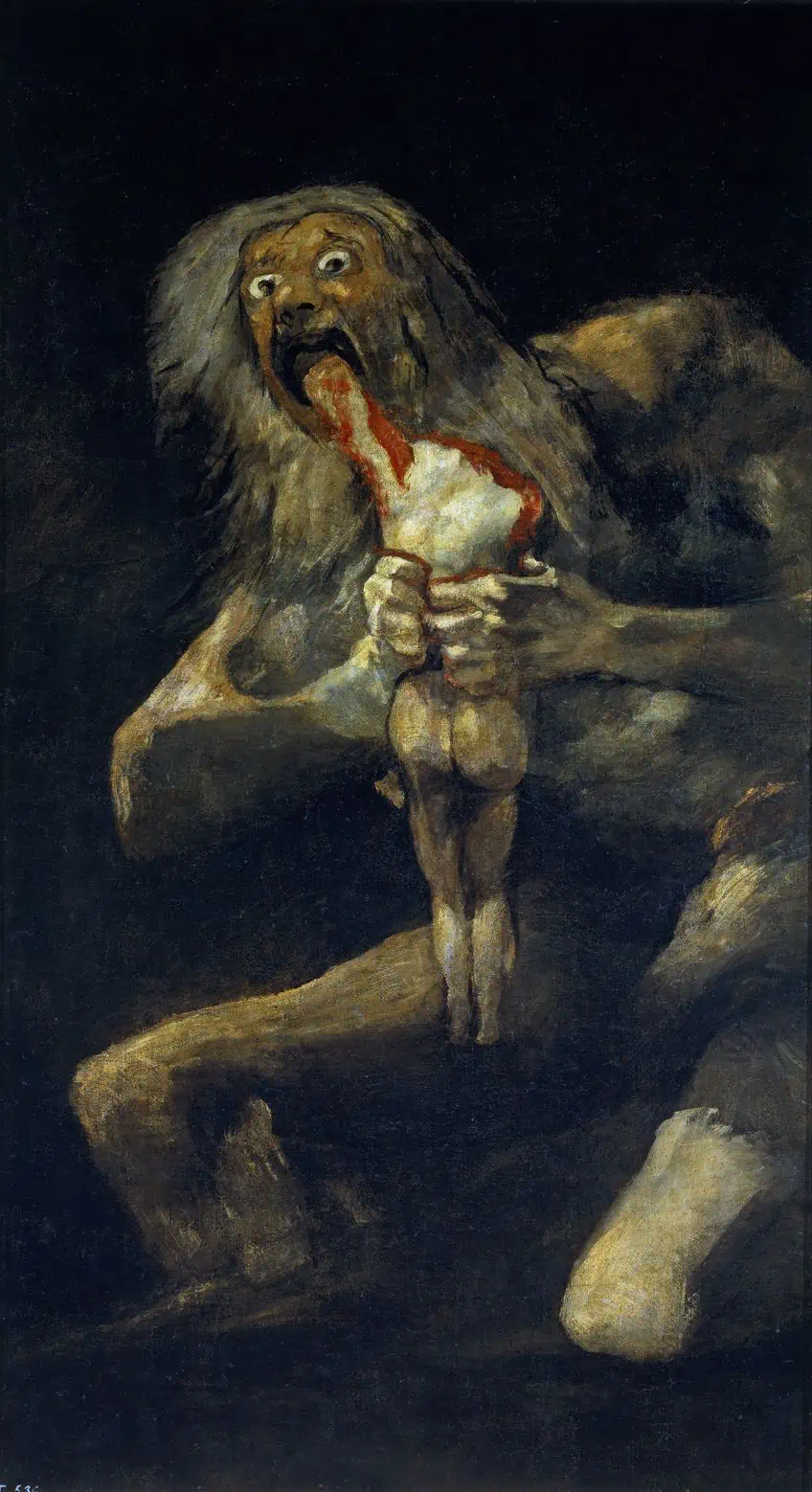
Haunted by this, Saturn at each one of them. The painting shows a level of depravity and darkness that few artists of Goya’s time would have dared to delve into, as the freakish figure of Saturn tears the body of his son apart with his teeth, his eyes holding a sense of madness and desperation.
Dante and Virgil (1850) by William-Adolphe Bouguereau
| Artist | William-Adolphe Bouguereau (1825 – 1905) |
| Date Created | 1850 |
| Medium | Oil on canvas |
| Dimensions (cm) | 281 x 225 |
| Where It Is Currently Housed | Private collection |
Dante and Virgil (1850) is one of William-Adolphe Bouguereau’s most well-known artworks. The academic and neoclassical French painter enjoyed creating modern works based on classical mythological subjects, many of which featured the female human figure. However, in this particular work, Bouguereau depicts two nude male figures in his interpretation of the legend of Dante and Virgil from Dante Alighieri’s (c. 1265 – 1321) Divine Comedy (1308 – 1321), an Italian narrative poem about his journey into the underworld.
This painting depicts a scene from the poem where Dante and Virgil, his guide, see two souls that are damned to be fighting for eternity in hell.
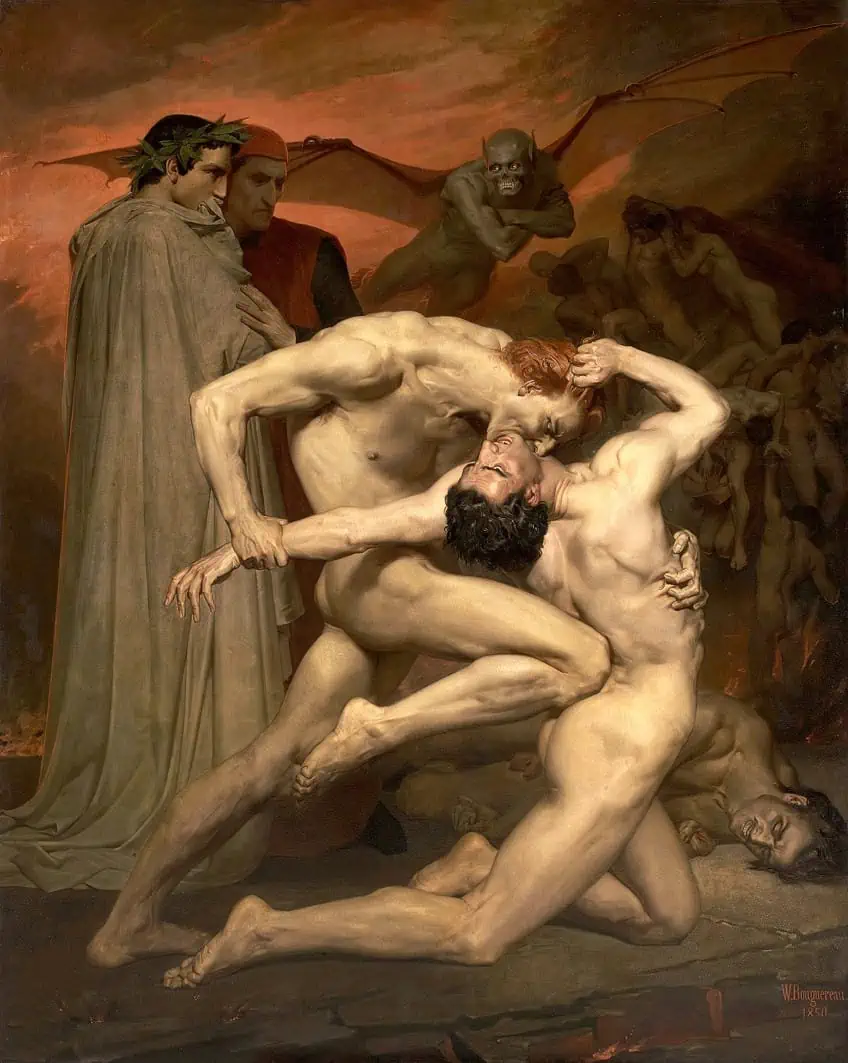
The two souls, the nude male figures, are in the thrust of brutal combat as Dante and Virgil look upon them. The one has overpowered the other as he grabs his arm and bites his neck. The scene is quite violent, as the attack seems primal, resembling an animal going for the jugular. In the background of the work are winged demons overlooking the scene with delight.
The Face of War (1940) by Salvador Dalí
| Artist | Salvador Dalí (1904 – 1989) |
| Date Created | 1940 |
| Medium | Oil on canvas |
| Dimensions (cm) | 64 x 79 |
| Where It Is Currently Housed | Museum Boijmans Van Beuningen, Rotterdam, Netherlands |
One of the most renowned artists from the surrealist art movement, Salvador Dalí (1904 – 1989) is known for his unusual and sometimes disturbing imagery. He created works that explored the depths of the human subconscious mind, with many pieces depicting warped realities filled with symbolism.
The Face of War (1940) is a famous work of his and is believed by critics and art historians to represent the trauma that Dalí experienced as a child growing up in a country laid waste by war in the early part of the 20th century.
In the painting, we see a face that seems filled with pain and anguish situated in a desert-like barren landscape. The skin of the face is darkened, perhaps to represent dead or decaying skin, while snakes wrap around towards the front, as if to taunt the subject. Within the eye sockets and mouth are replicas of the same face, the image repeating itself in their eyes and mouths as well.
Study after Velázquez’s Portrait of Pope Innocent X (1953) by Francis Bacon
| Artist | Francis Bacon (1909 – 1992) |
| Date Created | 1953 |
| Medium | Oil on canvas |
| Dimensions (cm) | 153 x 118 |
| Where It Is Currently Housed | Des Moines Art Center, Iowa, United States |
Francis Bacon (1909-1992) was a British artist born in Ireland well-known for his unsettling paintings. He often painted portraits of popes, self-portraits, and those of close friends, as well as crucifixions. His work, Study after Velázquez’s Portrait of Pope Innocent X (1953) is a famous work of his, depicting a distorted Pope Innocent X (1574 – 1655) in an agonizing way as he screams.
This painting is based on another portrait that the pope commissioned by Diego Velázquez (1599 – 1660) in 1650. The original work did not portray the pope in a flattering light, the artist preferring to focus on realism.
Bacon’s portrayal is even less flattering, depicting the pope in a very sinister demeanor while having an emotional outburst. The dark backdrop of the painting further lends a nightmarish quality to the grotesque image, contrasting starkly with rich colors of his seat and clothes.
Thank you for exploring the world, or should we say, the underworld of dark art with us. As we have seen, there have been many famous dark artists over the course of history, with diverse dark art styles. Little did they know that they would be part of a genre called dark art, a fine art style that is set apart by its rebellious nature, its unique beauty and attention to craft, and the way in which it highlights the shadow part of ourselves. Dark art is not meant to frighten us, but rather to show us that the dark can also be beautiful.
Frequently Asked Questions
What Is the Dark Art Definition?
A broad range of art styles from the macabre to the gothic are covered by the term dark art, and can often be frightening or disturbing to the viewer, but can also be thought-provoking and beautiful. Often containing dark themes relating to death and decay, this type of art can be viewed as a reaction against the lighter styles of traditional art.
What Is the Purpose of Dark Art?
The purpose of dark art is to confront us with the darkness that lives in all of us, allowing us to embrace this intrinsic part of ourselves. Dark art is often misunderstood by viewers as being evil or nihilistic, but it is actually a celebration of individual creative expression and a rebellion against conformity. If a dark artwork has provoked you, it has done its job.
Jaycene-Fay Ravenscroft is a writer, poet, and creative based in South Africa, boasting over 6 years of experience working in a contemporary art gallery. She earned her Bachelor of Arts degree with majors in Art History and Ancient History from the University of South Africa, supplementing her studies with courses in Archaeology and Anthropology. Driven by a passion for learning, Jaycene-Fay finds inspiration in symbology and the interconnectedness of the world. Trained to analyze and critique art, she is enthusiastic about delving into the meanings behind each artwork, exploring its ties to the artist’s cultural, historical, and social context. Writing serves as Jaycene-Fay’s means of researching, sharing knowledge, and creatively expressing herself. For artfilemagazine, Jaycene-Fay writes articles on art history with a focus on historical paintings.
Learn more about Jaycene-Fay Ravenscroft and about us.
Cite this Article
Jaycene Fay, Ravenscroft, “Dark Art – Diving into the Depths of the Darkest Artworks.” artfilemagazine – Your Online Art Source. December 15, 2023. URL: https://artfilemagazine.com/dark-art/
Ravenscroft, J. (2023, 15 December). Dark Art – Diving into the Depths of the Darkest Artworks. artfilemagazine – Your Online Art Source. https://artfilemagazine.com/dark-art/
Ravenscroft, Jaycene Fay. “Dark Art – Diving into the Depths of the Darkest Artworks.” artfilemagazine – Your Online Art Source, December 15, 2023. https://artfilemagazine.com/dark-art/.


